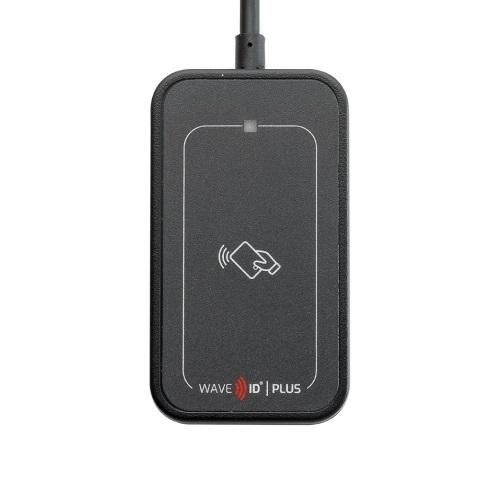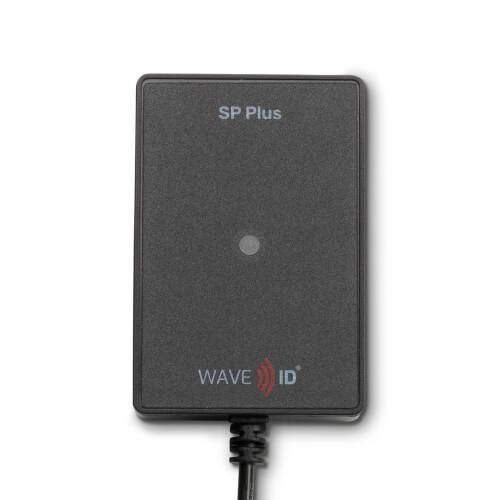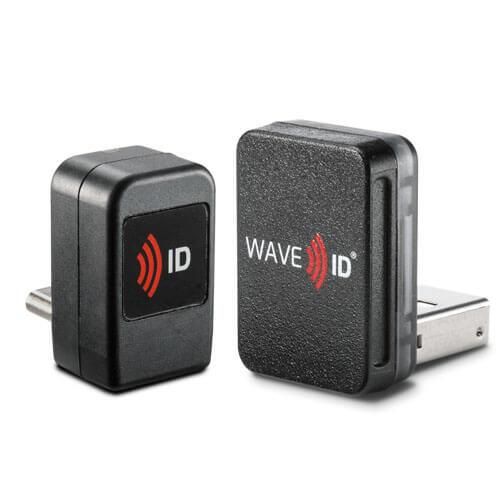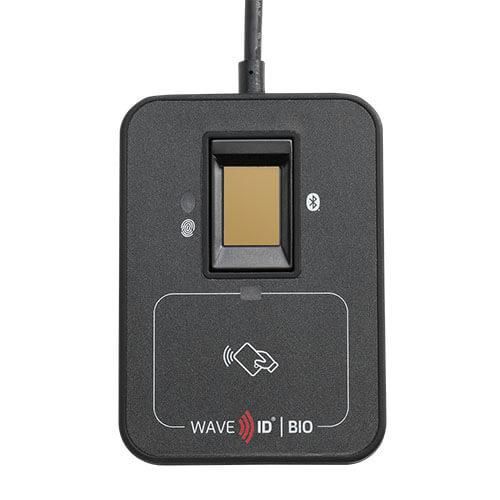What is Multi-Factor Authentication?
Multi-Factor Authentication (MFA) enhances security by incorporating multiple layers of identity verification. These layers include something the user knows (such as a password), something they have (like a badge or phone), and something they are (like a fingerprint). If one factor, such as a password, is compromised, attackers must still overcome at least one additional layer to gain access.
Not all MFA methods are equally secure. Standard MFA adds a second layer of security to passwords, often using personal security questions or one-time passcodes (OTPs) sent via an app or SMS. Phishing-resistant MFA, which attackers cannot easily intercept or manipulate, is achieved through methods like smart cards, mobile credentials or FIDO passkeys. This level of protection allows organizations to gain greater control over identity management, boost security and optimize user experience.
Why MFA Solutions are
Vital to Security Strategies
Relevant Products
Misconceptions about How to Implement MFA
What’s holding you back from a secure, successful MFA rollout? Developing a robust MFA security strategy shouldn’t be intimidating. Your rf IDEAS® experts are always ready to answer questions, offer insights and explore solutions. In fact, there are key misconceptions about MFA that we can easily address.
Passwordless Deployment is Only Feasible for Large Enterprises
Passwordless security is scalable and can be implemented by organizations of all sizes. Small and medium-sized businesses can benefit from passwordless authentication just as much as large enterprises. Plus, regardless of your organization’s size, it only takes one individual getting hacked for the entire enterprise to deal with the consequences. Solutions that prevent such attacks are available at various price points, and many vendors offer tailored packages to meet the specific needs of smaller organizations.
Passwordless Solutions Are Not Compatible with Legacy Systems
While some legacy systems may pose challenges, many passwordless solutions offer compatibility options. For instance, middleware and integration tools can bridge the gap between modern authentication methods and older systems. Additionally, vendors often provide support and guidance to help organizations navigate compatibility issues, ensuring a successful deployment. At rf IDEAS, we pride ourselves on our partner network relationships and interoperable solutions leveraging our WAVE ID® technology that allow customers to create a result that works for their infrastructure.
Passwordless Authentication is Inconvenient for Users
Passwordless authentication enhances user experience by eliminating the need to remember passwords. Methods such as passkeys and biometric verification are faster and more convenient than traditional password-based systems. For instance, signing in with a passkey can take significantly less time compared to entering a password and waiting for MFA verification. Additionally, the cost savings associated with productivity are notable when organizations choose to implement passwordless. If 1,000 employees spend 15 seconds typing in passwords 20 times a day, it costs a company $800K per year in lost productivity. Users don’t want to spend more time on passwords and organizations don’t want to pay the price for it either.
Training Employees for Passwordless Security is Time-Consuming and Difficult
Training for passwordless authentication can be straightforward and efficient when provided with the right tools and support. Many solutions come with user-friendly interfaces and comprehensive training materials. Organizations can leverage these resources to educate employees quickly and effectively. Moreover, the intuitive nature of passwordless methods, like mobile authentication through digital wallets, often results in faster adoption and less resistance from users.
Passwordless Authentication Security Won’t Make an Impact for my IT Team
Passwordless authentication can actually reduce the burden on IT support teams. It is estimated that between 30% and 50% of all IT help desk calls are for password resets, showcasing that passwords are truly affecting multiple levels of an organization. By eliminating password-related issues, such as resets and account lockouts, IT departments can focus on more strategic tasks. Additionally, the simplicity and reliability of passwordless methods often result in fewer user errors and support requests.
Passwordless Security Requires a Complete Overhaul of Existing Systems
While the migration will require effort, passwordless authentication can be integrated into existing infrastructure without requiring a complete overhaul. Many solutions are designed to work alongside current systems, allowing for a phased implementation. Organizations can start with specific applications or user groups and gradually expand the deployment. This approach minimizes disruption and allows for smoother transitions. With 51% of individuals sharing passwords with colleagues to access business accounts, it’s vital that IT leaders set a standard that mitigates risk more effectively, even if it involves a multi-pronged approach.
Gain insights with an MFA Consultation
Related Content
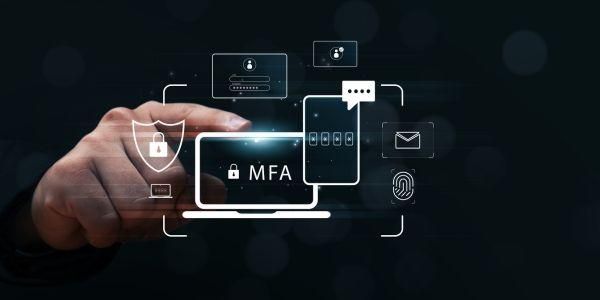
Standard MFA and Phishing-Resistant MFA: Explained
AI-driven phishing is evolving fast. Learn how phishing-resistant MFA and FIDO passkeys protect against modern cyber threats.
Read More
Why MFA Is Good for Security
Learn why MFA is good for security and how smart cards, mobile credentials and passkeys help protect against today’s most common cyberthreats.
Read More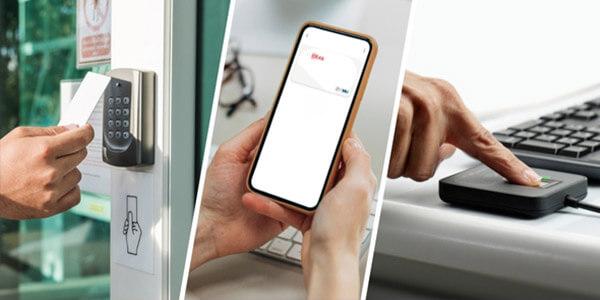
Authentication Methods 101: Credentials, Types and Best Practices Explained
Passwords alone aren’t enough to secure user data. Learn why proper authentication is essential in today’s digital environment and which type of authentication is right for your organization.
Read More